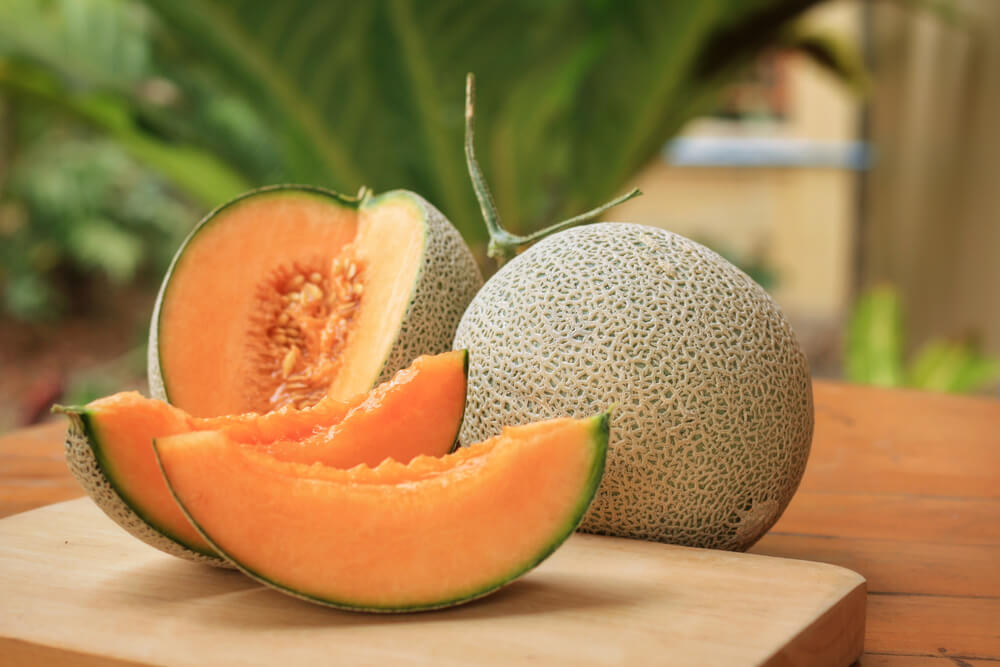
If you love cantaloupe, you’re sure to love its fruit, too. The tart, juicy, seeded endive is an excellent choice for producing delicious, nutritious fruit but if it’s not picked while ripening fully, the fruit tends to dry out and lose its flavor. To avoid this problem, pick your cantaloupe while it’s still slightly green (between the moment of harvest and about 60 days old). Also, make sure that when you pick your cantaloupe, you only press down on the stem; the stem will yield more juice, but it will also dry out more quickly. If you want to prolong the flavor, pick the fruit just before it starts to dry out completely, or wait until it starts to appear dry.
Growing Your Cantaloupe Plant. The best way to cultivate cantaloupe fruit is in your own backyard, but you don’t have to wait for it to start bearing fruit to take advantage of it. In fact, you can start growing your new cantaloupe plant as soon as possible, just before it produces the first set of leaves. Cultivation starts by separating the seedlings from the other two plants you are planning to use in your garden. The seedlings should be placed into small containers filled with clean water, a couple of inches deep and covered with potting soil or medium. Keep the seedlings moist and watch them grow!
Watering Your Cantaloupe Plants. You’ll need to water your new cantaloupe plant every day, approximately five to ten minutes. Watering can be done with a hose or a hand watering system. Most importantly, keep in mind that you should water the plants at least once during each growing day. If you fail to do this, the roots may dry up and wither away, causing your plants do not thrive.
Planting and Sowing Your Cantaloupe Plant. Before you even think about starting to grow cantaloupe fruit, you need to make sure you have the right kind of climate for the plant to grow well. The climate must be cool and moisture-free, along with moderate temperatures during the day and nighttime. These particular conditions are often seen in the Southeast. To determine if you have the proper environment for your cantaloupe plant, place a drop or two of water on a leaf and wait. If the leaf instantly springs back to life and is blooming, you have the proper environment for growing the plant.
Selecting Vines for Growing C Cantaloupe Plants You will also need to select some type of vine for supporting the mature canes. Since they grow slowly and you want them to have a firm hold, you are encouraged to use high quality wood. Some good options include true rambling vines and creeping vines. You can also find special training wires available for training young canes that have an excellent chance of developing beautifully shaped flowers in the later years.
When You’re Ready to Start Planting and Sowing Your Cantaloupe Plant Even though planting at the correct time and making sure you have the proper growing environment are essential, it is not always necessary to wait until a specific date in order to harvest your berries. If you harvest before the last frost date, then the berries will be ripe for the market on the last frost date. The Cantaloupe fruit will not be able to store enough to make it worth your while picking. If you find that the weather is not cooperative, or you just don’t have time to wait out the weather, make sure you plant your seeds before the last frost date to get the best results.